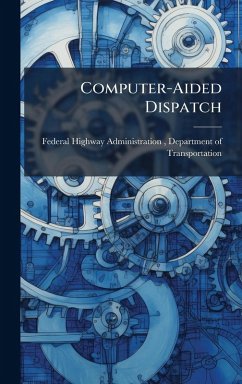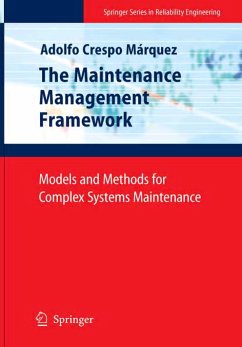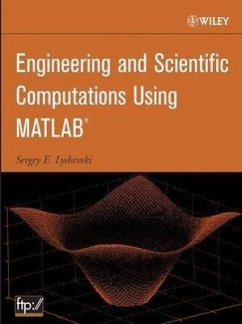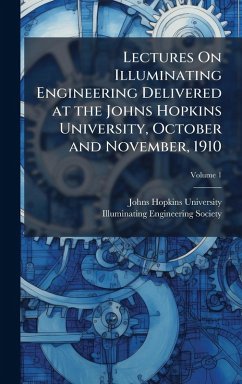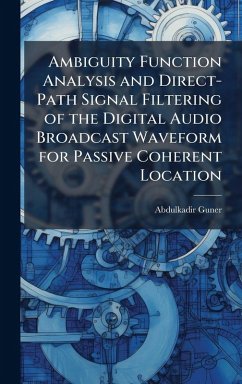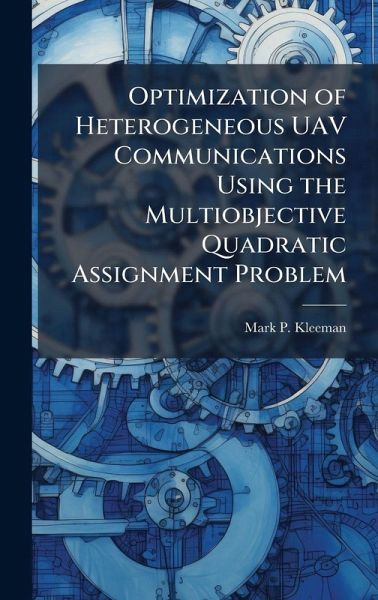
Optimization of Heterogeneous UAV Communications Using the Multiobjective Quadratic Assignment Problem
Versandkostenfrei!
Versandfertig in über 4 Wochen
29,99 €
inkl. MwSt.
Weitere Ausgaben:

PAYBACK Punkte
15 °P sammeln!
The Air Force has placed a high priority on developing new and innovative ways to use Unmanned Aerial Vehicles (UAVs). The Defense Advanced Research Projects Agency (DARPA) currently funds many projects that deal with the advancement of UAV research. The ultimate goal of the Air Force is to use UAVs in operations that are highly dangerous to pilots, mainly the suppression of enemy air defenses (SEAD). With this goal in mind, formation structuring of autonomous or semiautonomous UAVs is of future importance. This particular research investigates the optimization of heterogeneous UAV multichanne...
The Air Force has placed a high priority on developing new and innovative ways to use Unmanned Aerial Vehicles (UAVs). The Defense Advanced Research Projects Agency (DARPA) currently funds many projects that deal with the advancement of UAV research. The ultimate goal of the Air Force is to use UAVs in operations that are highly dangerous to pilots, mainly the suppression of enemy air defenses (SEAD). With this goal in mind, formation structuring of autonomous or semiautonomous UAVs is of future importance. This particular research investigates the optimization of heterogeneous UAV multichannel communications in formation. The problem maps to the multiob jective Quadratic Assignment Problem (mQAP). Optimization of this problem is done through the use of a Multiob jective Evolutionary Algorithm (MOEA) called the Multiob jective Messy Genetic Algorithm II (MOMGAII). Experimentation validates the attainment of an acceptable Pareto Front for a variety of mQAP benchmarks. It was observed that building block size can affect the location vectors along the current Pareto Front. The competitive templates used during testing perform best when they are randomized before each building block size evaluation. This tuning of the MOMGAII parameters creates a more effective algorithm for the variety of mQAP benchmarks, when compared to the initial experiments. Thus this algorithmic approach would be useful for Air Force decision makers in determining the placement of UAVs in formations. This work has been selected by scholars as being culturally important, and is part of the knowledge base of civilization as we know it. This work was reproduced from the original artifact, and remains as true to the original work as possible. Therefore, you will see the original copyright references, library stamps (as most of these works have been housed in our most important libraries around the world), and other notations in the work. This work is in the public domain in the United States of America, and possibly other nations. Within the United States, you may freely copy and distribute this work, as no entity (individual or corporate) has a copyright on the body of the work. As a reproduction of a historical artifact, this work may contain missing or blurred pages, poor pictures, errant marks, etc. Scholars believe, and we concur, that this work is important enough to be preserved, reproduced, and made generally available to the public. We appreciate your support of the preservation process, and thank you for being an important part of keeping this knowledge alive and relevant.



